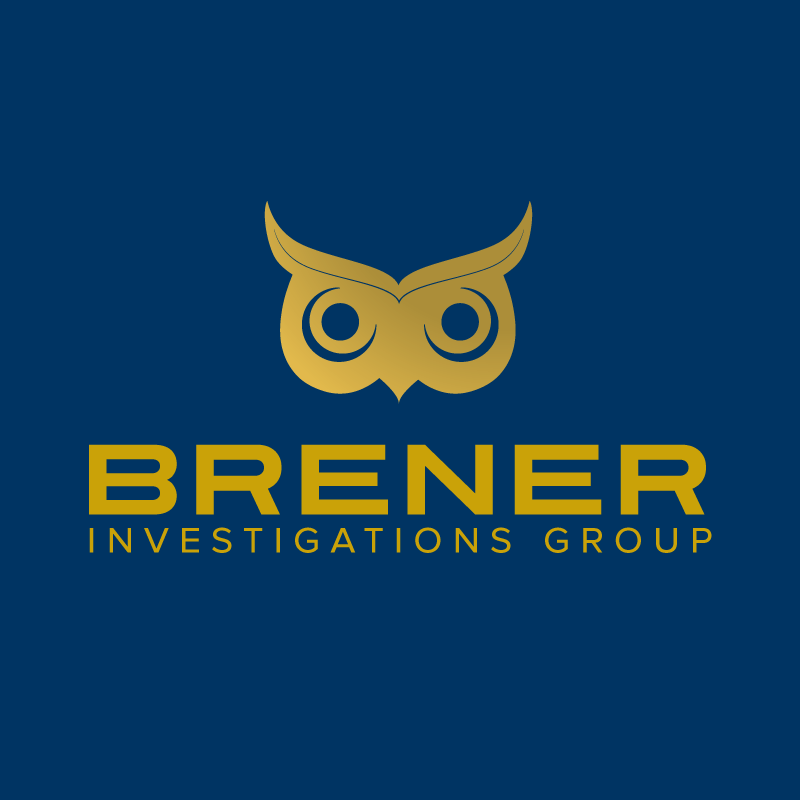
Employee Theft / Misconduct
Our private investigators and certified fraud examiners conduct business investigations and asset investigations in order to help organizations with their critical fact finding when they need to conduct internal investigations or to examine allegations of wrongdoing. Whether or not actual misconduct is discovered, such inquiries, and their aftermath, can pose serious risks to companies and their stakeholders, damaging their reputation, disrupting their business operations and exposing them to government scrutiny, as well as to potential criminal, civil and regulatory liability. Brener Investigations Group services have helped clients successfully resolve investigations promptly and with minimal business disruption.
There are three major categories of asset misappropriation schemes. Cash receipts schemes, fraudulent disbursements of cash, schemes involving the theft of inventory and other noncash assets.
Skimming
Skimming is the removal of cash from a victim entity prior to its entry in an accounting system. Employees who skim from their companies steal sales or receivables before they are recorded in the company books.
Skimming is one of the most common forms of occupational fraud. It can occur at any point where cash enters a business, so almost anyone who deals with the process of receiving cash might be in a position to skim money.
Sales Skimming
The most basic skimming scheme occurs when an employee sells goods or services to a customer and collects the customer’s payment, but makes no record of the sale. The employee simply pockets the money received from the customer instead of turning it over to his employer.
Register Manipulation
Some employees might ring a “no sale” or other noncash transaction to mask the theft of sales. The false transaction is entered on the register so that it appears that a sale is being made. The perpetrator opens the register drawer and pretends to place the cash he has just received in the drawer, but in reality he pockets it. To the casual observer, it looks as though the sale is being properly recorded.
False Discounts
Those employees with the authority to grant discounts might use this authority to skim sales and receivables. In a false discount skimming scheme, an employee accepts full payment for an item, but records the transaction as if the customer had been given a discount.
Lapping
Lapping customer payments is one of the most common methods of concealing receivables skimming. Lapping is the crediting of one account through the abstraction of money from another account. It is the fraudster’s version of “robbing Peter to pay Paul.”
